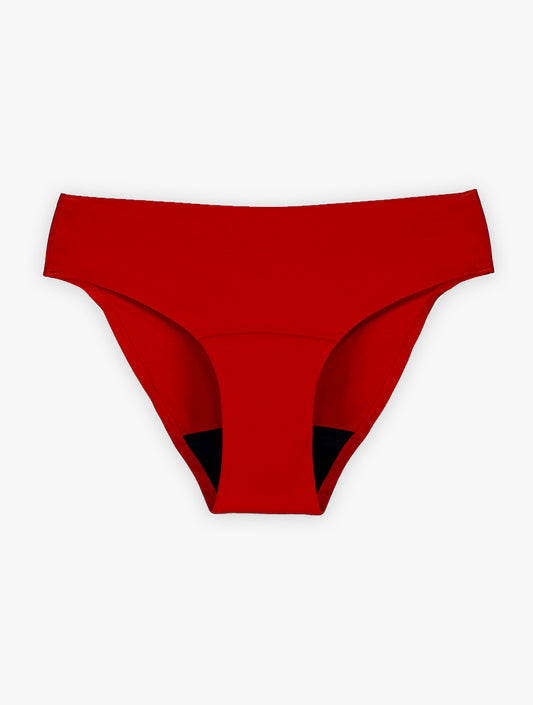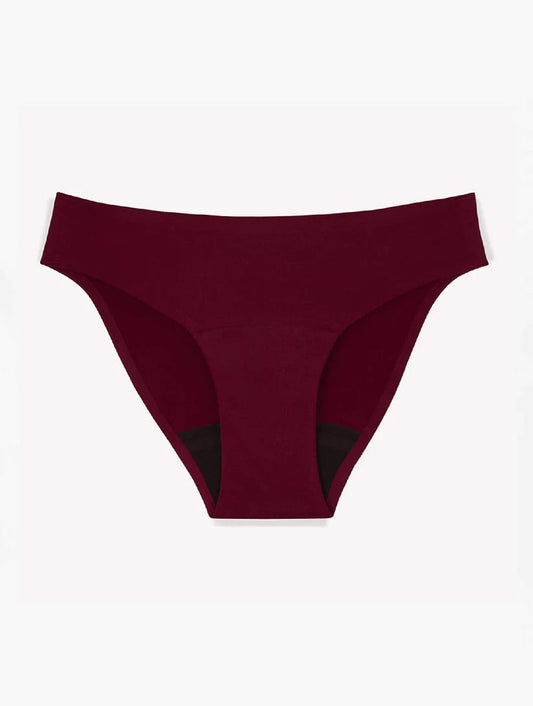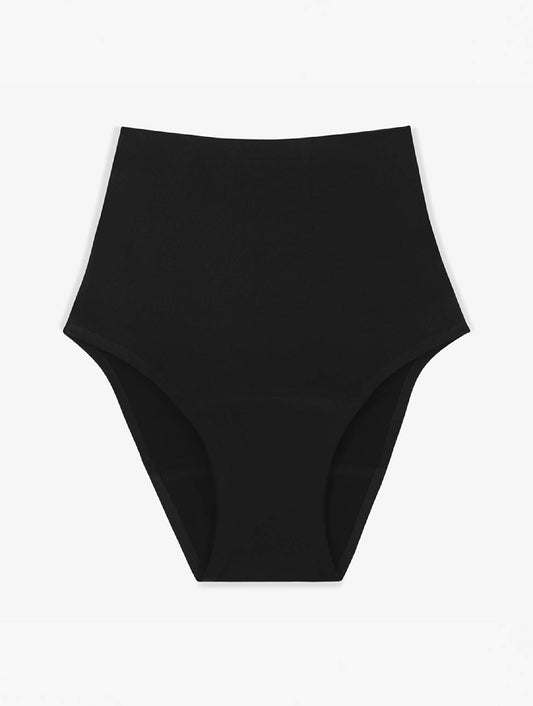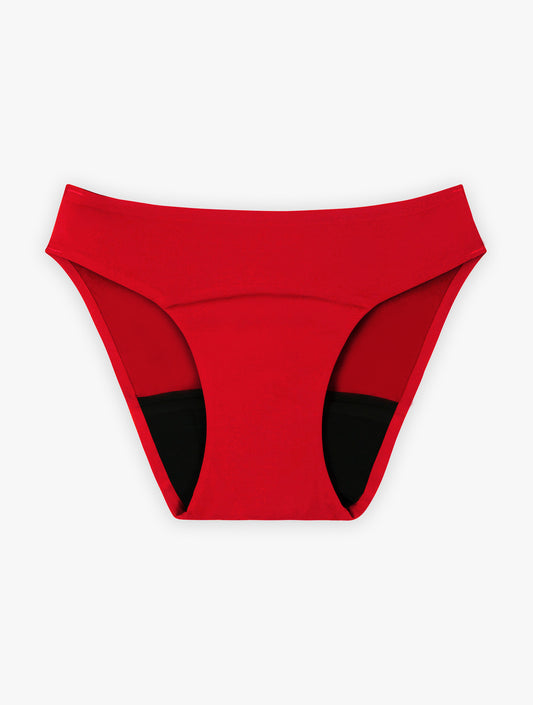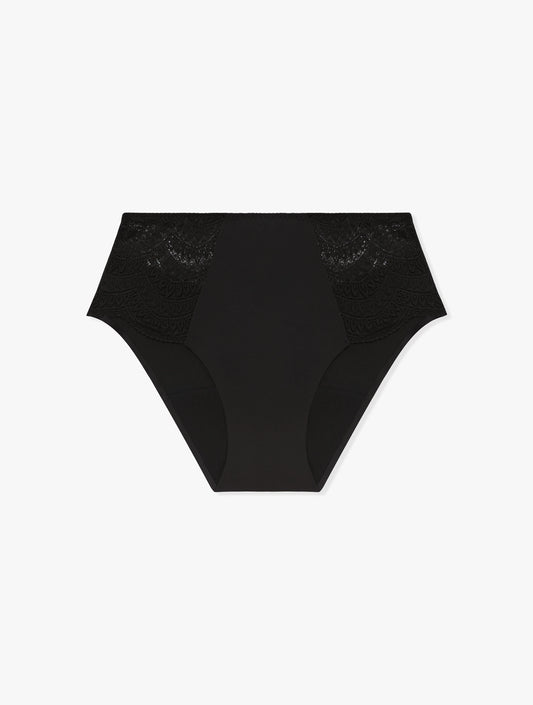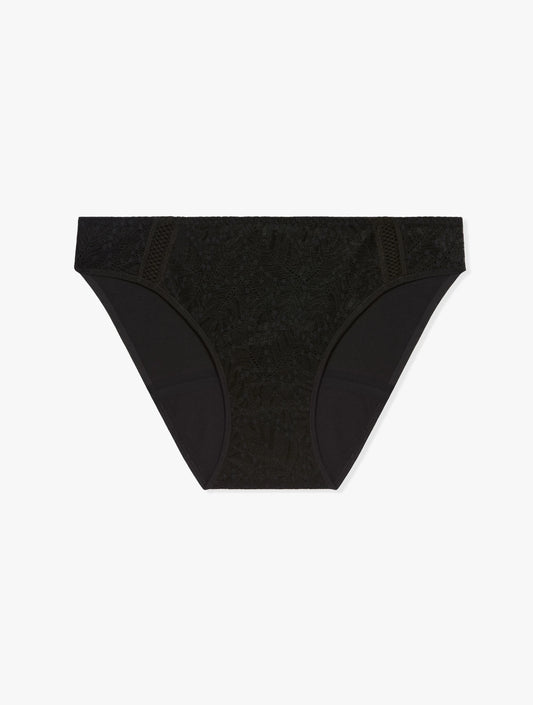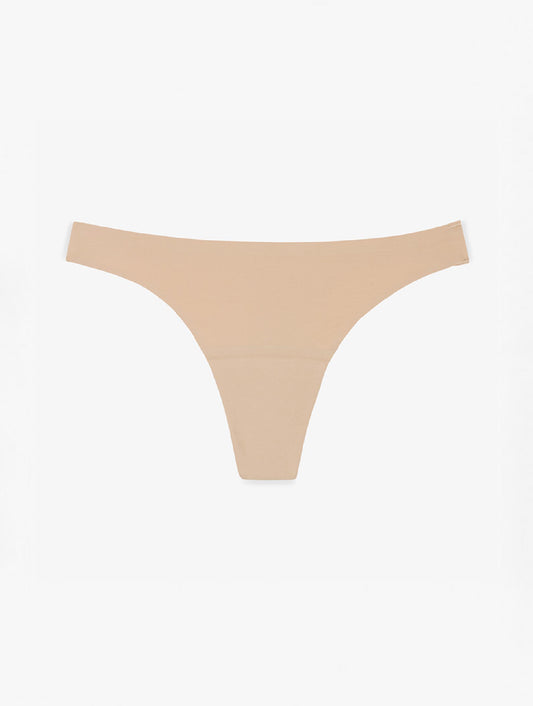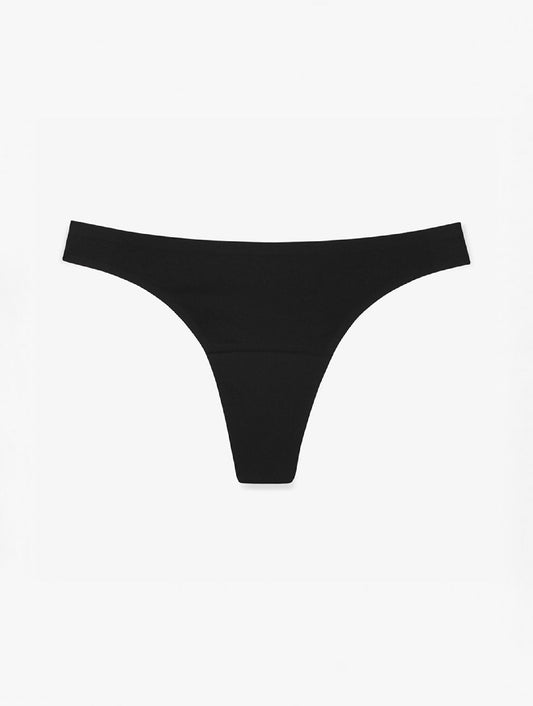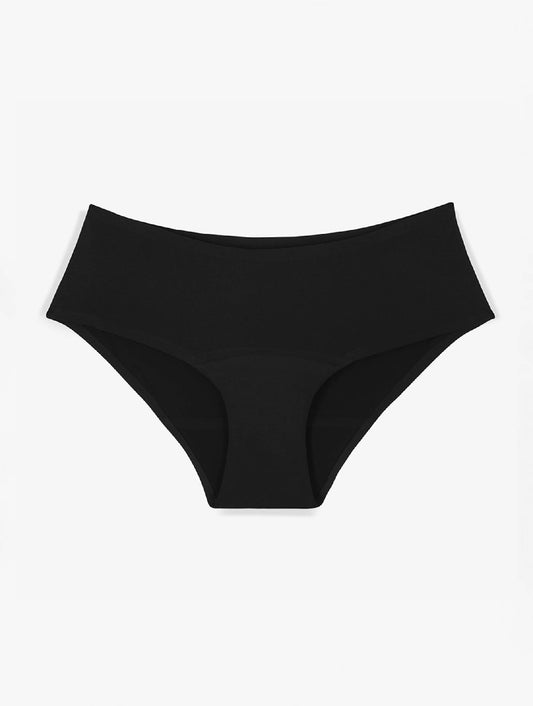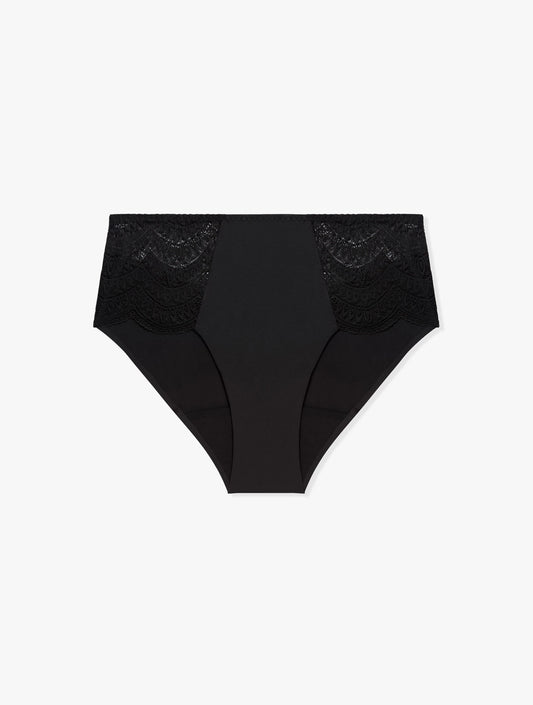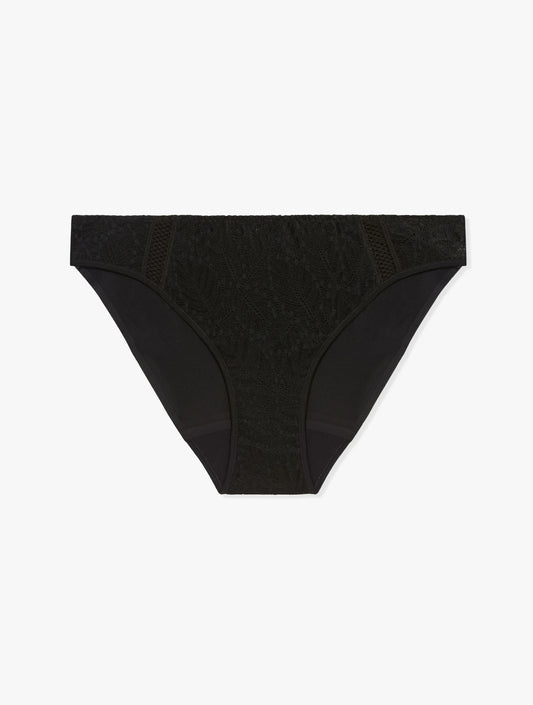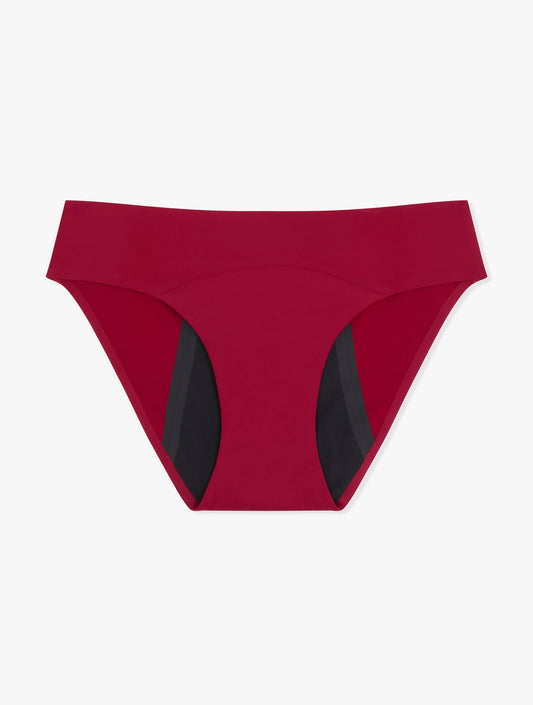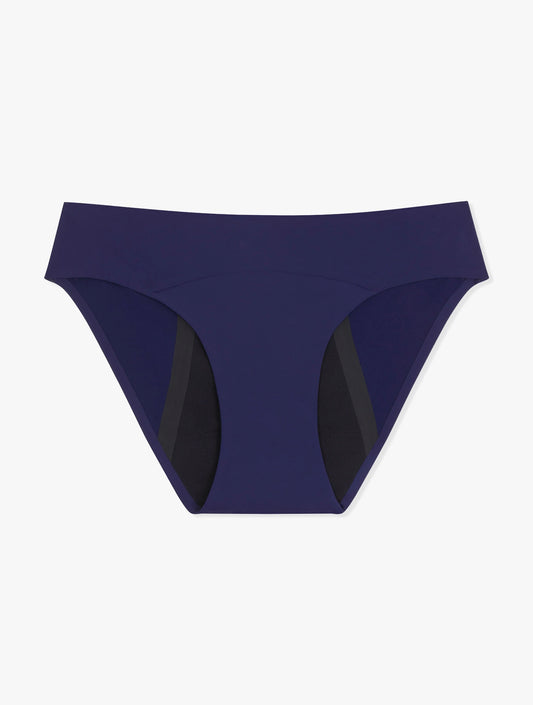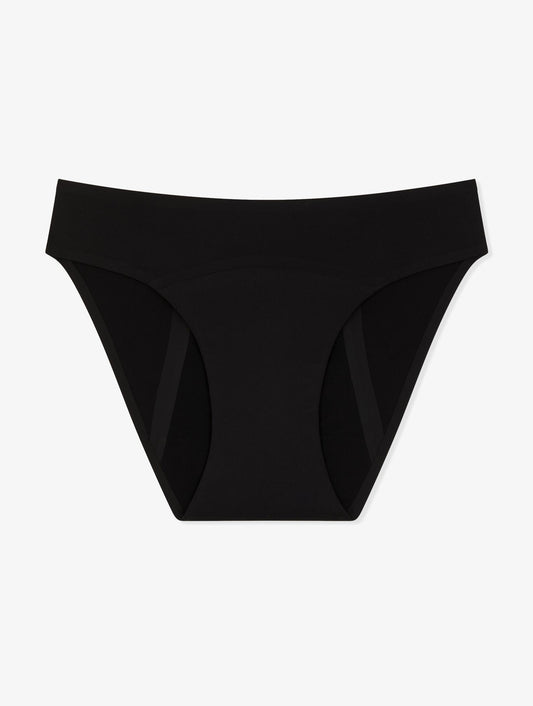How to put a cup in detail and without taboos!
With a little practice, positioning your menstrual cup is no more complicated than inserting a tampon, we are told! Really ? We explain how to put a cup in detail and without taboos!
Putting on a cup: precautions to take before first use
Before taking your cup out of its pouch and starting the practical work, take a few minutes to read the instructions provided by the manufacturer. Indeed if you are used to using tampons, you will notice big differences. So pay close attention to the warnings concerning in particular the precautions to be taken before the first use.
Starting with sterilizing your menstrual cup. To carry out this operation, you will have the choice of weapons: the microwave, the sterilizing tablets or the saucepan.
If you opt for microwave sterilization, you will need a container dedicated to the maintenance of your menstrual cup such as the menstrual cup sterilizer (offered by some cup brands) or a bottle sterilizer.
If you decide to disinfect your menstrual cup with sterilizing tablets, you will only need a little cold water.
Another option is available to you for sterilizing your cup: a pan of boiling water. The principle is simple: you boil your cup for ten minutes, taking care that it does not touch the edges of the pan so as not to damage the silicone that constitutes it.

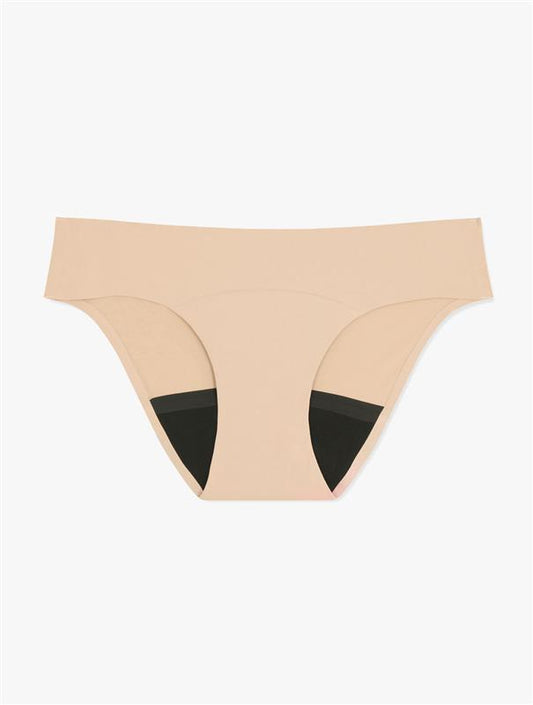
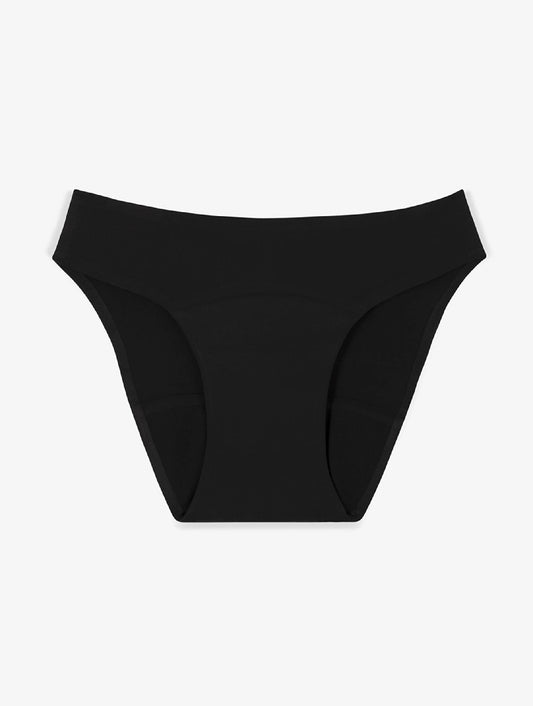
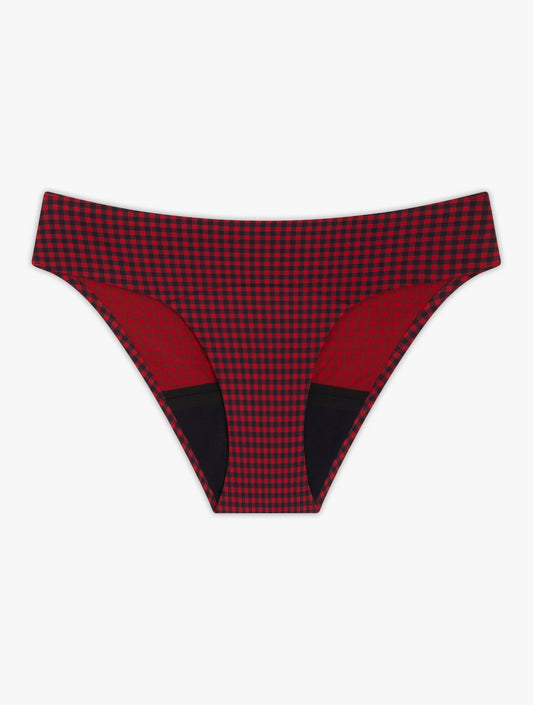
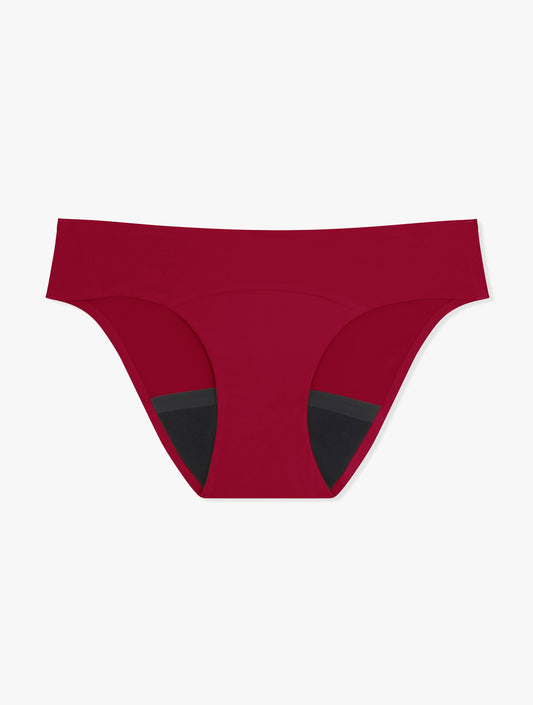
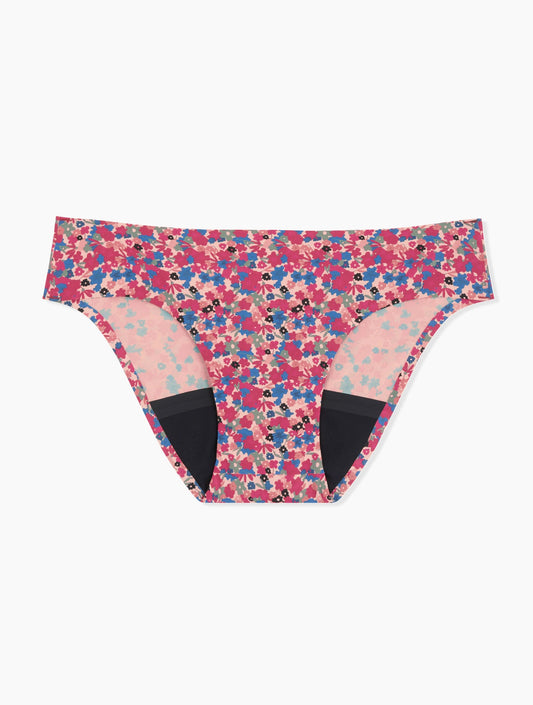

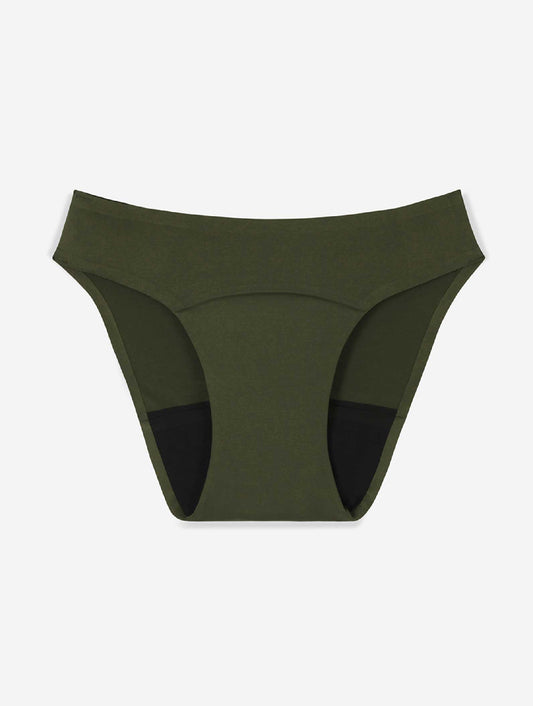
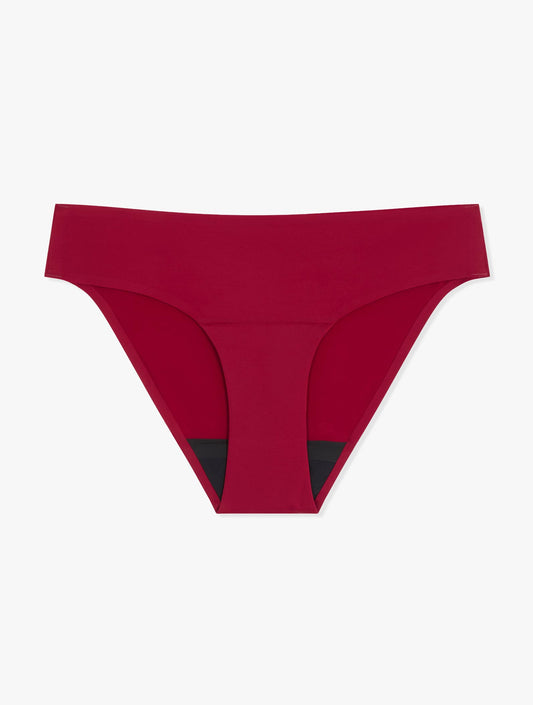
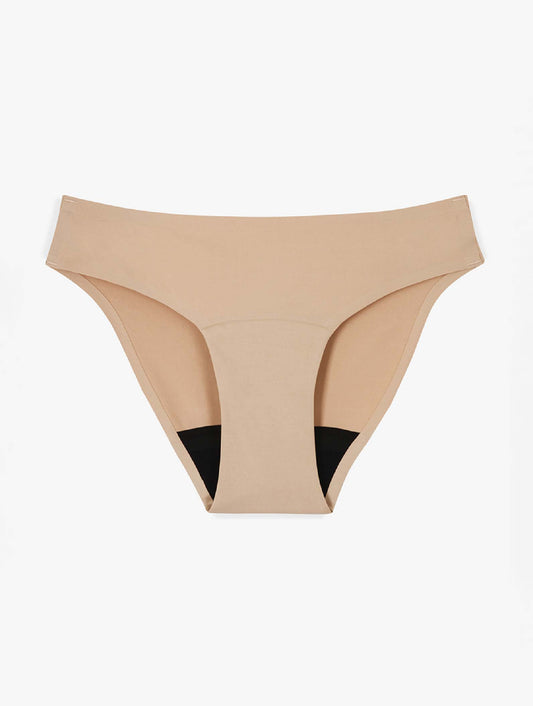
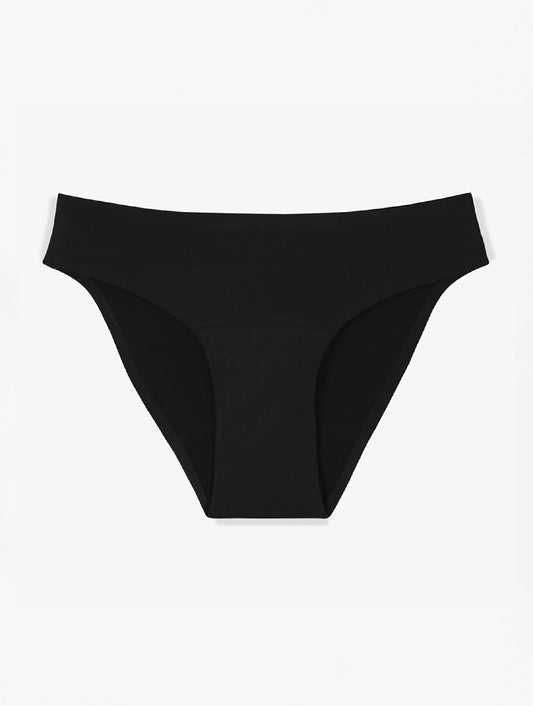
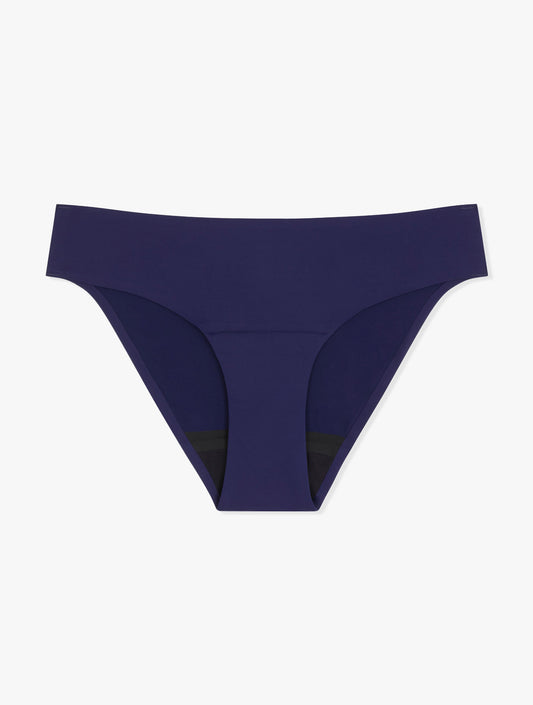


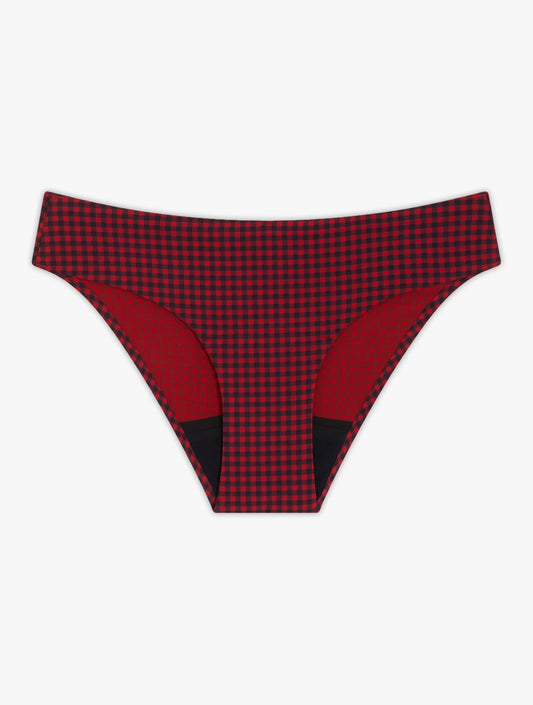
How to put a cup on the first use?
To prepare yourself well, do not hesitate to take a look at the folding methods, because indeed, your menstrual cup must be folded for a more comfortable insertion. And each woman being unique, you will also have to find the most comfortable position to introduce your cup without struggling.
What are the different cup folding methods?
Here we are at the stage of folding the cup. Various folding techniques will help you insert your menstrual cup without difficulty. We detail some of them here.
- C-shaped folding
To get a C-fold, you'll need to flatten your cup and fold it back on itself. Simple and efficient !
- “Pushdown” folding
The "pushdown" or "punchdown" folding consists of bringing part of the top of the cup inwards by pressing your finger on an edge. Your menstrual cup now looks like a tulip or a rosebud.
- Folding in 7
Here, we crush the cup and fold one side down, so as to form a 7.
Whichever you choose, you will need to keep the cup in the folded position during insertion. Once placed, you can release the menstrual cup which will deploy itself against the vaginal walls.
What position to adopt to put on your cup?
The different folding methods no longer hold any secrets for you? We can therefore move on to step 2: how to stand for the insertion of your menstrual cup?
To be comfortable, you can favor the standing position with your legs apart or with one leg raised. You can also try lying on your back. If neither of these two solutions suits you, you can also try to insert your cup sitting on the toilet, squatting in the shower…. The main thing is to find the position that suits you.
How to insert your cup?
Are you ready to move on to step 3? So now is the time to do your testing! Our advice: wait for the menstrual period to take the test. Indeed, outside of menstruation, your vagina may be dry which can make the operation painful. To facilitate the introduction of the menstrual cup, do not hesitate to use a little water-based intimate lubricant (on sale in pharmacies or on the Internet) even during the cycle.
The menstrual cup should fit entirely inside the vagina. To make it slide more easily, you will have to keep it folded with one hand while spreading your lips with the other hand. When the orifice of your vagina is accessible, all you have to do is introduce the menstrual cup gently. Once you have found the correct installation, you can release the cup which will return to its initial shape. Don't worry if it seems positioned too low. It's normal, the cup is worn lower than a tampon. Depending on the size of your menstrual cup, the morphology of your cervix (low cervix, medium cervix or high cervix) and your age, it may be placed by itself at the entrance to the vagina or go up slightly more. high.
For safety, you can do a final check with your finger to make sure your cup is fully deployed (a useful gesture to avoid leaks!).
How to remove your cup?
Most menstrual cups have a small stem or ring at the base. This small appendage is there to help you extract your menstrual cup more easily. Before you go headlong into step 4, you must first be warned that the cup produces a suction cup effect. The good side of this reaction: you are guaranteed zero leak internal protection. The less fun side: you can hurt yourself if you don't take a few precautions when removing it (don't panic, despite the suction cup effect, the menstrual cup has no negative impact on the IUD, if you wear it A). So, be aware, you should not pull sharply on the rod or the ring. On the contrary, the right method consists in gently expelling the cup using the perineum, vaginal muscles and abs. As soon as the cup gets close to the vulva, you can manipulate it. All you have to do is let in a little air (to avoid the suction cup effect) either by pinching the base of the cup, or by gently peeling off the edge of the cup with your fingertip.
What do you do with your cup once you've removed it?
Before approaching the final stage of the operation "putting on a cup without fear and without taboos", let's go back to the basics.
First update for women wearing an IUD: the menstrual cup can be used with an IUD. The menstrual cup is placed in the vagina (rather in the lower part as we have just seen). The IUD is housed on the upper floor, that is to say in the uterus. Everyone lives their life in their corner, no interference is to be feared!
Second point: a menstrual cup can be kept for about four hours. After this time, it must be emptied. Even if your menstrual flow is light and even if you have chosen a large size that can hold large amounts of flow.
Why this luxury of precautions? To avoid the risk of toxic shock syndrome (TSS) . A rare but highly dangerous infection caused by the proliferation of staphylococci aureus which can develop in the blood when it remains in the vagina for too long. To identify toxic shock syndrome, here is a list of probable symptoms: sudden fever, vomiting, malaise with headache, diarrhea, skin reactions such as sunburn.
So, be careful, every four hours, you have to remove your cup and empty it. Preferably in the toilet. Now all that remains is to wash it under running water. It is possible to use soap (ph neutral and fragrance-free) or a cleaning product specially dedicated to cups (available on online cup sales sites).
By Valerie.

